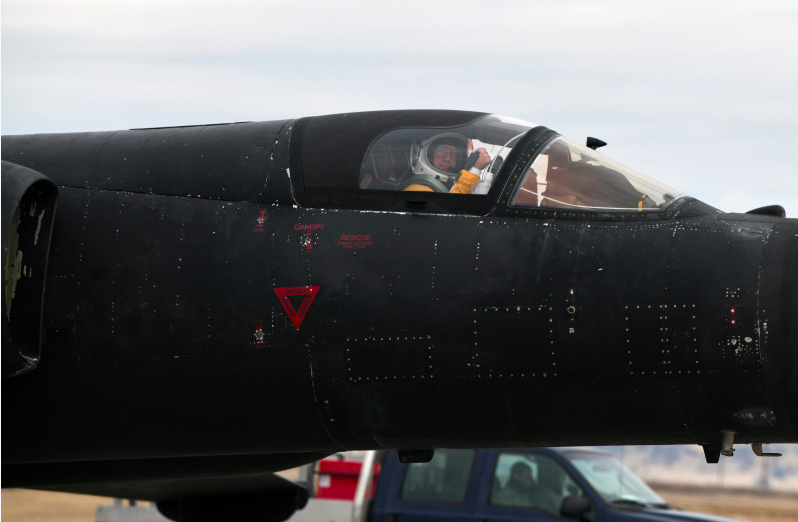The US Air Force experimented with artificial intelligence on board a Lockheed U-2 in a simulated mission. Pilot and artificial intelligence shared the tasks, with the pilot doing the flying. The equipment was designed to be easily transferable to another aircraft, thus representing the very beginning of the flight tests.
A U-2 on take-off from Beale Air Force Base
The US Air Force flew a Lockheed U-2 with artificial intelligence as part of the crew for the first time on 15 December 2020. The AI algorithm, known as ARTU, flew with the pilot, Maj. "Vudu of the US Air Force, on board a U-2 assigned to the 9th Reconnaissance Wing at Beale Air Force Base. Researchers at the Air Combat Command Federal Laboratory developed ARTU and trained it to perform specific in-flight tasks that would otherwise be performed by the pilot.
Sensors and tactical navigation for ARTU
"Putting AI at the controls of a US military system in complete safety for the first time ushers in a new era of man-machine teaming," said William Roper, Air Force Assistant Secretary for Procurement, Technology and Logistics. During the flight, ARTU was responsible for the use of sensors and tactical navigation, while the pilot flew the aircraft and coordinated with the AI on the sensor operation. Together, they carried out a reconnaissance mission during a simulated missile launch. ARTU's primary responsibility was to find enemy launchers while the pilot searched for threatening aircraft, both sharing the U-2's radar.
A technology intended as easily transferable
The theft was part of a precisely constructed scenario that pitted AI against another dynamic computer algorithm to prove the new technology. After take-off, control of the sensor was handed over to ARTU who then manipulated the sensor, based on information previously learned from more than half a million computer-simulated training iterations. The pilot and AI were able to share the sensor and achieve the mission objectives. The Federal Laboratory designed this AI technology to be easily transferable to other systems and plans to further refine this technology.
https://www.air-cosmosboutique.com/produit/abonnement-numerique-1-an-aircosmos/

